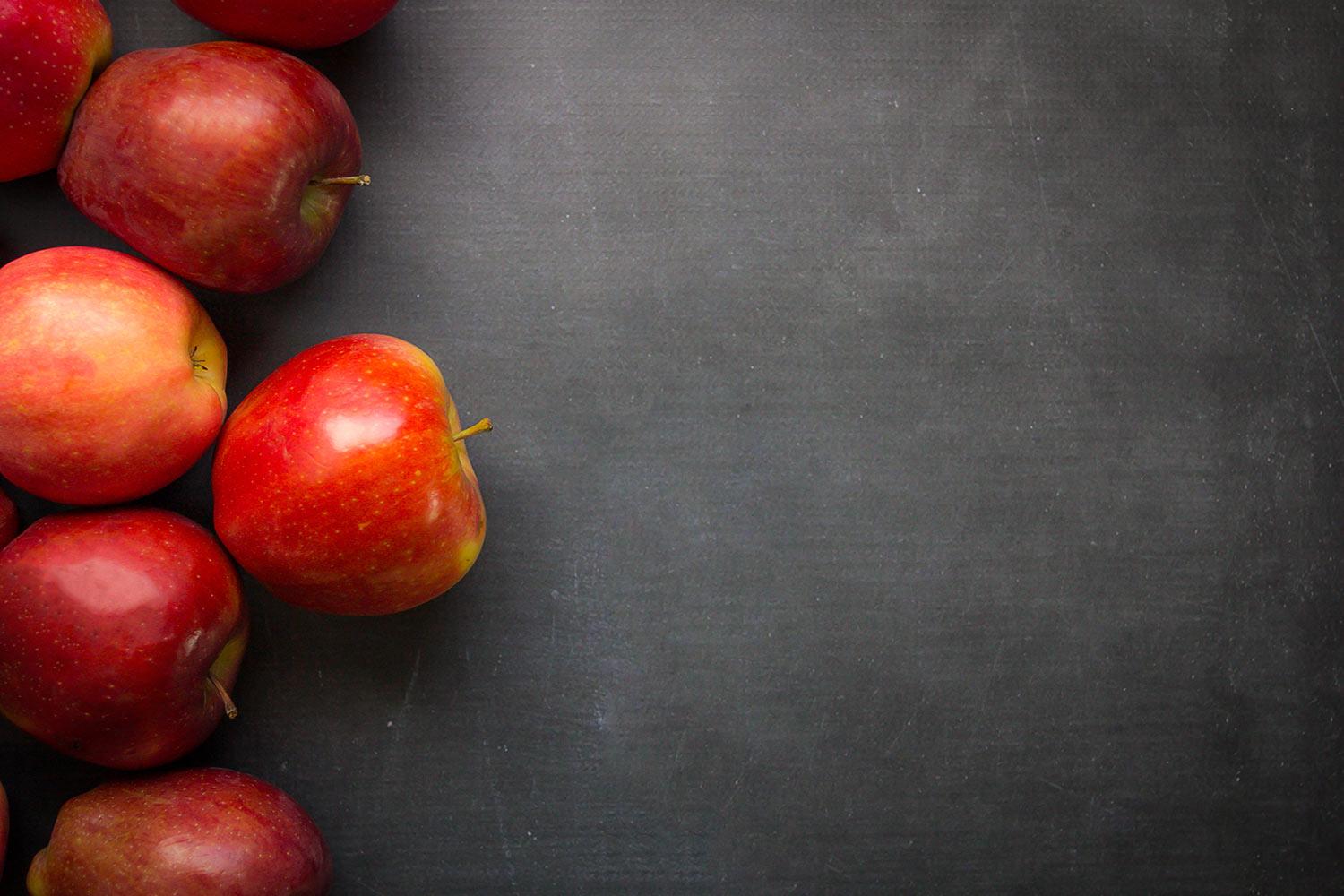
Counselor's Corner
North Merrick School District Fall 2023
School Counselor
What have we been learning in Guidance?
Identifying our Emotions
Learning to identify and express feelings in a positive way helps children develop the skills they need to manage them effectively.
Further Reading:
Why Teaching Children to Identify Emotions is Important - ThinkPsych
Kindergarten Students Learn about Emotions
The first step in being able to handle our own emotions is to understand what we are feeling. Creating with play-doh lets children feel competent and proud of their accomplishments. Giving children the vocabulary to name their own emotions is very helpful. Check out the article below for more insight on the Power of Play-Doh!
We also talked about how we might have different feelings than our peers about the same situation. For example, on the first day of school some kids were excited, but some kids were also nervous. We also discussed how our feelings can change from one to another quickly. We played a four corners game where students went to the emotion corner of how they would feel in a certain situation, and seeing that classmates may have a different feeling than they do, and that’s OK !
Managing our Emotions
Coping Strategies
Students learn several coping strategies to help with big, uncomfortable feelings. In the beginning of every lesson, students practice mindfulness - including breathing, coloring, positive affirmations, and gratitude. During the lessons, students were able to practice coping skills in the classroom so they could utilize these skills when needed to get back to a comfortable feeling.
Ultimately, your children should be able to use coping skills on their own so they can deal with discomfort in a healthy way when you’re not there to guide them. But, as they are learning these skills, look for opportunities to talk about different strategies.
Why is Teaching Empathy so Important?
Helps children learn acceptance of others.
May reduce bullying and conflict.
Helps children learn to build stronger relationships with other children.
Helps children to build stronger relationships with their teachers and other adults.
Children are likely to feel more secure in an empathetic classroom.
Empathy will help children understand others later on, including future coworkers and customers.
Second Grade Students Put Themselves in Others' Shoes
October was National Bullying Prevention Month
Being Kind Helps Prevent Bullying
What's up Next?
Please feel free to contact me with any issues or questions at JSekunda@NMerrick.org.
Naviance Website: https://student.naviance.com/auth/fclookup
Why Teach Mindfulness to Children?
Our students practice mindfulness throughout their day. Mindfulness is the practice of purposely bringing one's attention to the present moment to experience and accept it without judgment.
When we teach mindfulness to kids, we give them the tools they need to build confidence, cope with stress, and relate to uncomfortable or challenging moments. The earlier we do so in their young lives, the greater the opportunity to help them cultivate resilience and develop and refine their mindfulness practice as they mature.
Teaching mindfulness to kids can also help shape three critical skills developed in early childhood: paying attention and remembering information, shifting back and forth between tasks, and behaving appropriately with others. These abilities are known as executive functions and they are essential for more advanced tasks like planning, reasoning, problem-solving, and positive social relationships.
Studies show that the benefits of mindfulness for kids may include:
1. Increased focus, attention, self-control, classroom participation, compassion.
2. Improved academic performance, ability to resolve conflict, overall well-being.
3. Decreased levels of stress, depression, anxiety, disruptive behavior.
Mindfulness at Home
-Make a game out of eating a snack very slowly, savoring the smell, texture, and taste.
-Dive into an afternoon of glitter jar making with any variety of materials: glitter, different-colored beads, food coloring and oil, pieces of lego. The DIY craft doubles as a creative exercise and a mindfulness tool to represent the mind settling.
Mindful Eating - Action for Healthy Kids





:max_bytes(150000):strip_icc()/GettyImages-902830088-5c5ddf3346e0fb0001ca8716.jpg)




